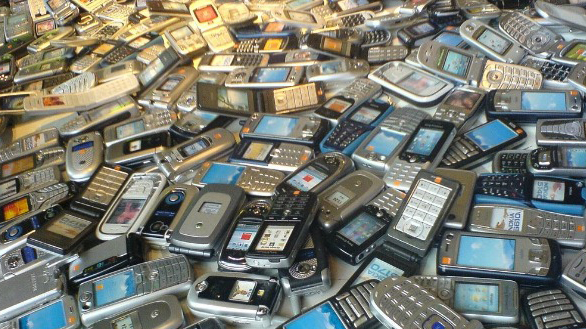In a recent Reddit “Ask Me Anything” thread, I asked Patagonia COO Doug Freeman: “What is the biggest impediment from business transitioning from a linear take-make-use to a more sustainable model?” He pointed out what many of us already know — we have to focus on the triple bottom line. But what he also pointed out is that none of the 1% for the Planet companies are publicly owned.
The topic of transforming business models is also a trending topic at SUSTPACK 2015. So far this week, attendees heard this theme echoed in Minal Mistry’s Sustainable Materials Management workshop and the opening keynote session.

This got me thinking, can public companies be sustainable?
By definition, a public company is owned by many individuals who buy shares of stock in the company. These owners expect a payback on their investment either through cash dividends or a making a profit when they sell their shares. See Investopedia for a more thorough explanation.
This model relies on ongoing profitability to meet these expectations. The traditional way to achieve this is through growth — more products, more sales, more profit. Profitability — through growth — is the prevailing measure of success. The impact on the environment may vary when you consider sales of products versus services, but the paradigm remains.
Public companies are subject to more transparency than privately owned companies through public disclosures, which can be a good thing. In fact, the Sustainable Accounting Standards Board (SASB) is working to create sustainability accounting standards to integrate into current reporting requirements. However, public companies are highly profit driven and power is dispersed through shareholders, expressed through a board of directors.
Now, don’t get me wrong, I know that private companies are also highly profit driven. But is their business model more open to sustainable models of success? How do private owners incorporating sustainability priorities impact success? Are private companies more willing to take new or different risks?
In public companies, we do see impact investing taking root. This public pressure, especially with the growing purchasing power of millennials, may move fast in the coming years. B Corporations, like Patagonia, are also a trend to follow.
This isn’t a value judgement on public versus private companies, but it does make me wonder how we can change future business models. We have limited resources, and limited capacity to handle the byproducts of our existence. We should be beyond arguing this issue. But we have some serious hurdles before we can say we’ve made it.
My answer: neither models are there yet. But we can get there.





















